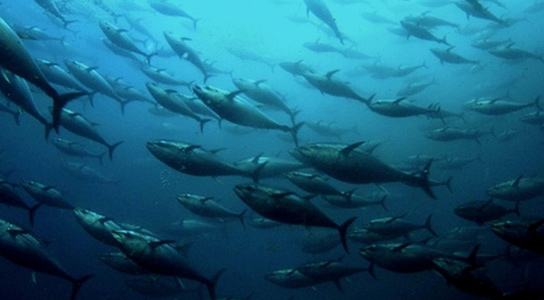
Radioactivity persists in the ocean waters near Japan’s Fukushima Daiichi nuclear power plant, with levels remaining stable rather than declining as expected.
Researchers presented their findings at the Fukushima Symposium conference on the 12th and 13th of November at the University of Tokyo on the radioactivity that is persisting in the ocean waters close to Japan’s failed nuclear power plant at Fukushima Daiichi.
The findings show that levels of radioactivity in the sea around the plant remain stable, rather than falling as expected. The run-off from rivers, as well as continuing leaks from the plant may be to blame and contaminated sediment and marine organisms could also be involved.
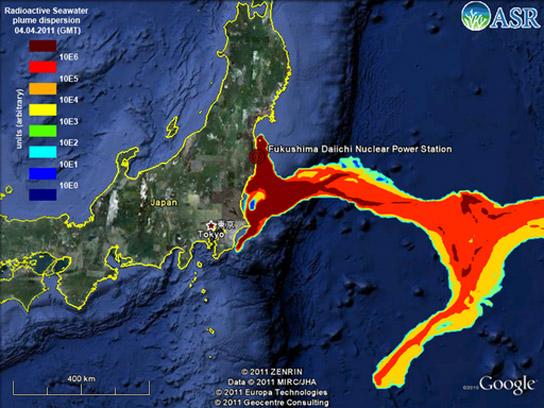
Excessive radiation found in sea organisms near Japan’s nuclear plant. Image by ASR
The level of contamination isn’t going to pose a significant health risk to people, but could have long-term economic consequences for the fishermen along Japan’s east coast.
Three of the nuclear plant’s six reactors suffered meltdown on March 11, 2011, when a 9.0-magnitude earthquake struck off the coast of Japan. Large quantities of radioactivity were released into the atmosphere and emergency cooling water leaked into the sea.
A new model from the Woods Hole Oceanographic Institution in Massachusetts estimates that 16.2 petabecquerels (1015 becquerels) of radioactive cesium leaked from the plant, about the same amount that went into the atmosphere.
Most of the radioactivity was dispersed across the Pacific Ocean, where it was diluted to extremely low levels. However, in regions near the plant, levels of cesium-137 have remained fixed at about 1,000 becquerels, which is relatively high compared to the natural background radiation.
Researchers are convinced that there is something preventing the radiation levels from dropping significantly. There may be some source of radiation that they haven’t yet discovered.
A new analysis suggests that it might come from three different sources. First, the radioactivity from the land is being washed into the rivers by rainfall, which in turn, is carried to the sea. Second, the plant is still leaking radioactivity at around 0.3 terabecquerels a month. Third, the marine sediment is the main cause of the contamination. Around 95 terabecquerels of radioactive cesium has found its way to the sandy floor near the plant.
The contamination is finding itself in the food chain. Bottom-dwelling fish in the Fukushima area show radioactivity above the limit of 100 becquerels per kg set by the Japanese government. Greenlings have been found with levels as high as 25,000 per kg. However, the contamination varies widely between species. Octopi and squid have escaped contamination, whereas fish like red snappers and sea bass are only sometimes contaminated. The levels of cesium in fish and marine life begun to drop slightly this autumn, states Tomowo Watanabe, an oceanographer with the Fisheries Research Agency in Yokohama.
The fishing industry lost ¥100 billion to ¥200 billion ($1.3 billion to $2.6 billion) in 2011 because of the accident and many fisheries remain closed because of persistent contamination.





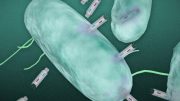
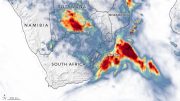

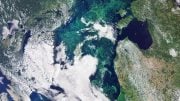
Be the first to comment on "Leaks and Contaminated Sediments Keep Radiation Near Fukushima High"